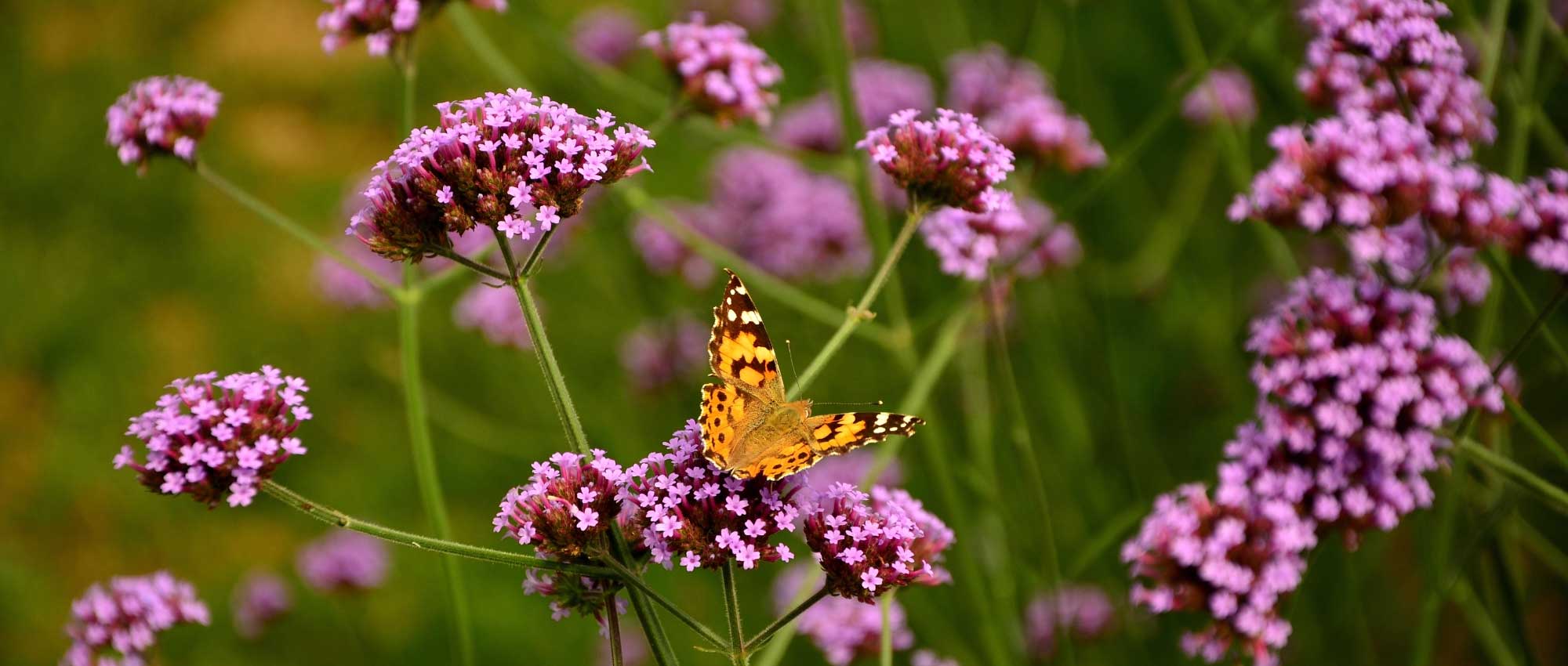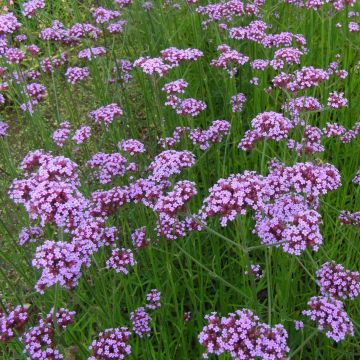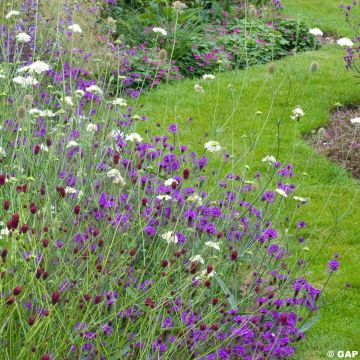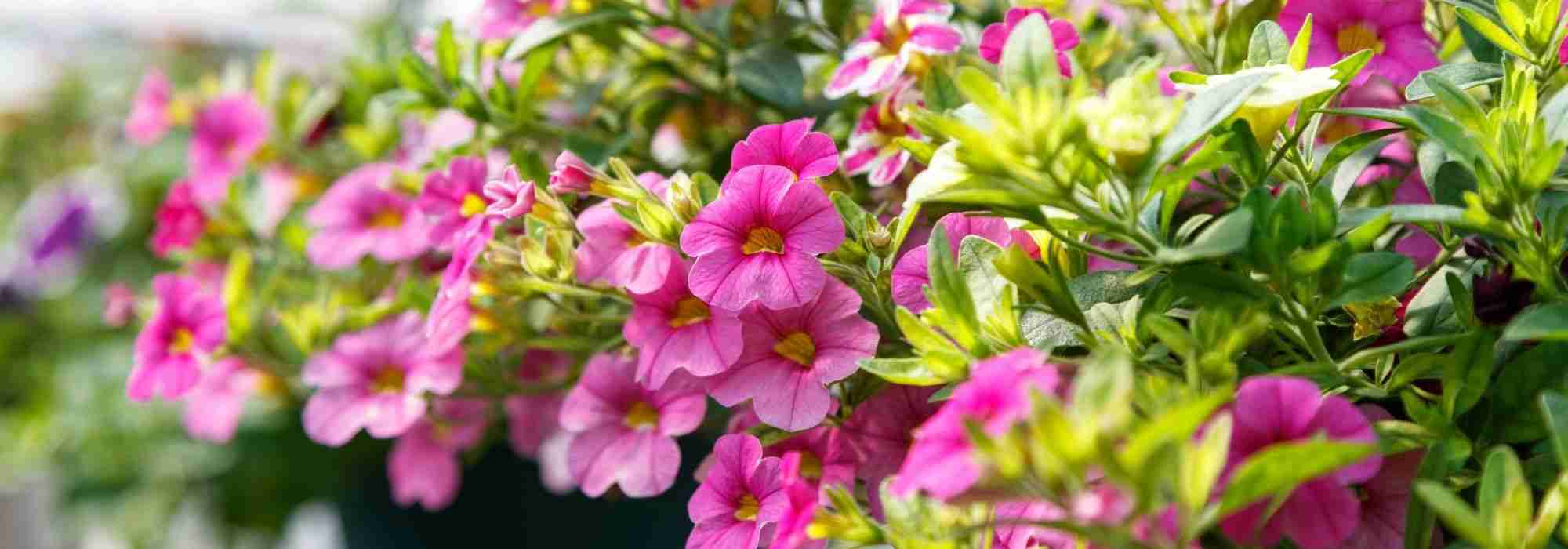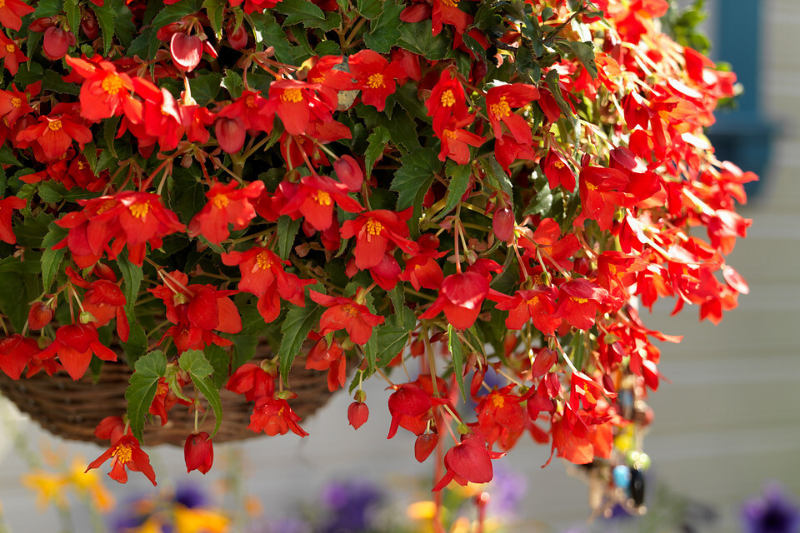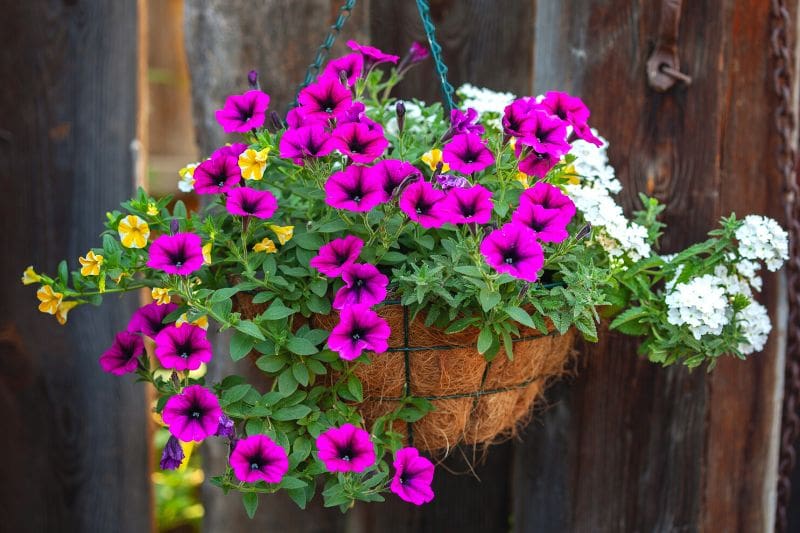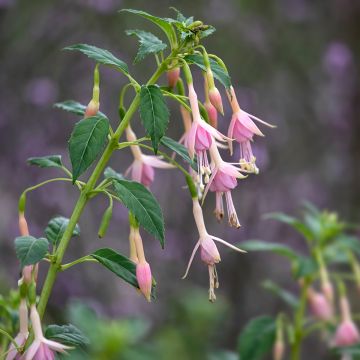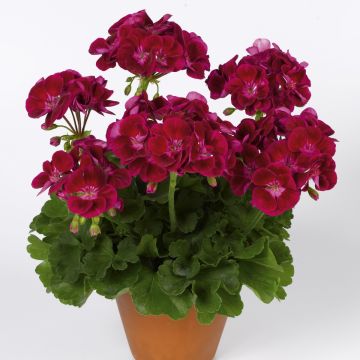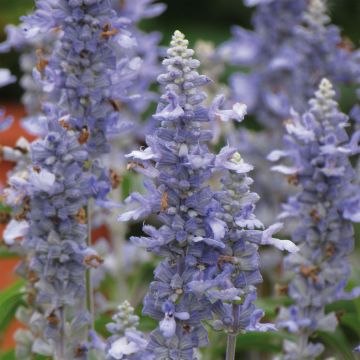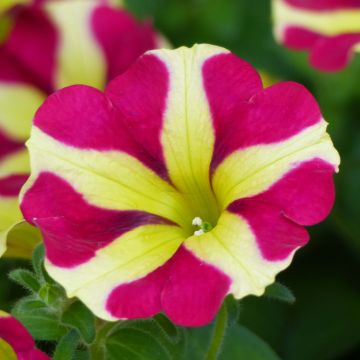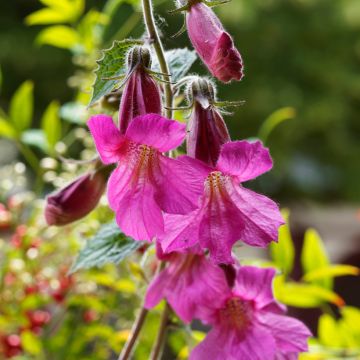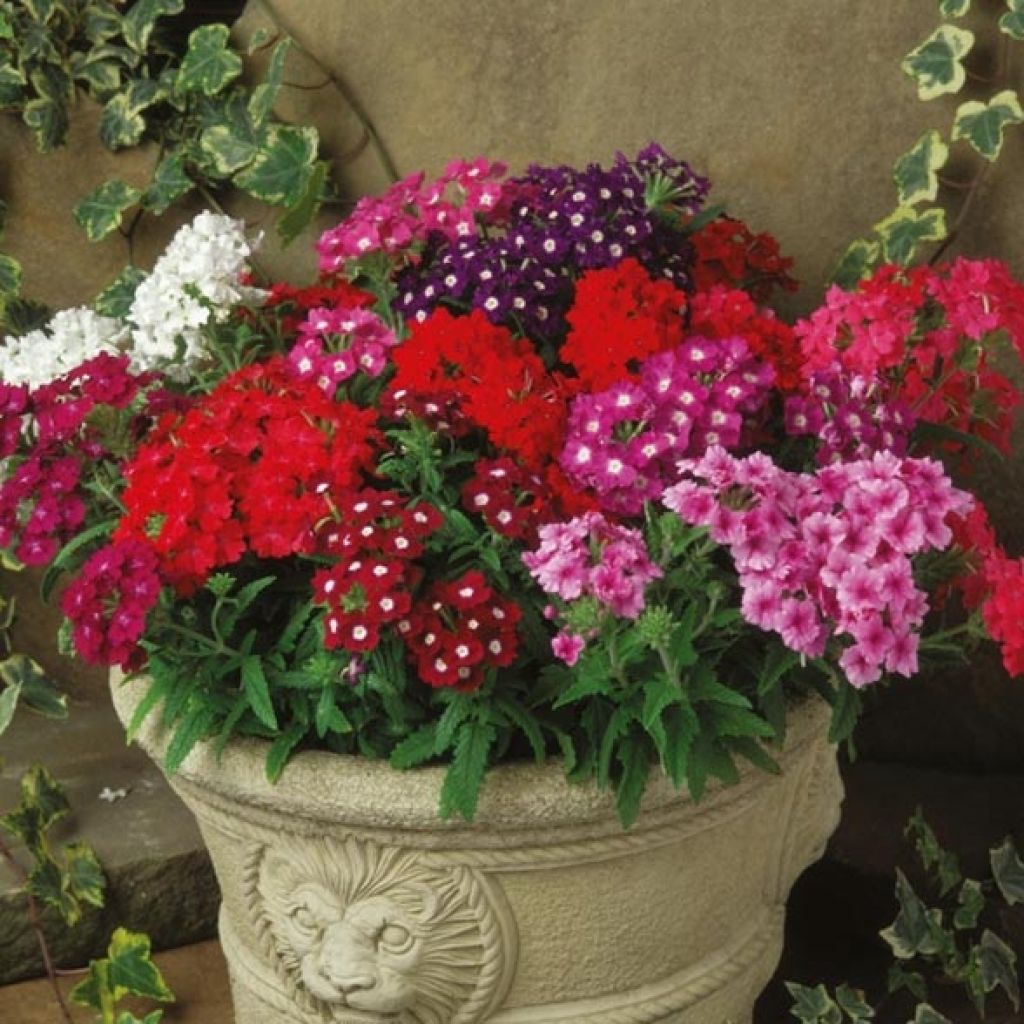

Verbena hybrida Quartz Mix
Verbena hybrida Quartz Mix
Verbena hybrida Quartz Mix
Florist's Verbena
Not received, they sent me Portulaca instead!!!! Without warning of course and without asking for my opinion...
Breuge, 22/05/2024
Special offer!
Receive a €20 voucher for any order over €90 (excluding delivery costs, credit notes, and plastic-free options)!
1- Add your favorite plants to your cart.
2- Once you have reached €90, confirm your order (you can even choose the delivery date!).
3- As soon as your order is shipped, you will receive an email containing your voucher code, valid for 3 months (90 days).
Your voucher is unique and can only be used once, for any order with a minimum value of €20, excluding delivery costs.
Can be combined with other current offers, non-divisible and non-refundable.
Home or relay delivery (depending on size and destination)
Schedule delivery date,
and select date in basket
This plant carries a 6 months recovery warranty
More information
We guarantee the quality of our plants for a full growing cycle, and will replace at our expense any plant that fails to recover under normal climatic and planting conditions.


Would this plant suit my garden?
Set up your Plantfit profile →
Description
Verbena or Quartz Verbena is a recent selection that brings together very compact plants that are resistant to powdery mildew, with flowers in bright and varied colours. The flowers open on very young plants and continue to bloom late in the season. They are gathered in large globular umbels at the end of fairly short stems, adorned with thin dark green foliage. Not demanding, these verbenas tolerate watering lapses and poor soils, but require full sun. Ideal in flower boxes, flower pots, and hanging baskets, their semi-trailing habit and neat appearance will also be appreciated in summer beds.
Quartz F1 Dwarf Verbena belongs to the verbena family and is a very recent horticultural hybrid whose ancestors inhabited the warm regions of South America. The 'Quartz' series brings together reliable varieties with bright and pure colours, whose short and branching stems do not elongate indefinitely therefore preventing the plant from appearing defoliated and unsightly. Instead each plant forms a compact and slightly trailing chunky tuft reaching a height of 25 cm (9.8 in) and spreading about 30 cm (11.8 in). It tirelessly produces stems that bear beautiful dense and round bouquets from early summer until the first frost. The flowers will be white, purple, mauve with a white heart, solid red, or red with a white heart. The shape of the flowers, widely open, evokes that of phlox. Perennial but tender, Quartz garden verbena succumbs to frost. It is grown as an annual in European climates, thanks to its rapid growth and flowering.
Garden verbenas are truly easy to grow, and will suffer more from excessive watering and feeding than from occasional neglect. They overflow from hanging baskets or slip between other upright plants in flowerpots or boxes, masking their feet without being affected by their presence. They are also very beautiful in rockeries, quickly filling in spaces left empty due to damage caused by a harsh winter. Create a beautiful hanging display by combining your Quartz verbenas with a red, white, or bright pink pelargonium, lavender, and a purple-leaved ipomoea. Or else combine with a Victoria bright blue flowering sage, a tender yellow calibrachoa, and a lobelia Anabel Blue.
Please note that our young plants in mini-plugs are professional products intended for experienced gardeners: upon receipt, transplant and store them under shelter (veranda, greenhouse, frame) at a temperature above 14C° for a few weeks before planting outside once all risk of frost has passed.
Flowering
Foliage
Plant habit
Botanical data
Verbena
hybrida
Quartz Mix
Verbenaceae
Florist's Verbena
Cultivar or hybrid
Other Annual Verbena
View all →Planting and care
Plant your Quartz Verbenas in a sunny site. They need a light and humus-rich soil (use a good horticultural compost) and appreciate a moderate supply of fertiliser and water. They tolerate a rather dry soil in open ground fairly well. You can plant your verbenas in pots, hanging baskets or flower boxes. In pots they should be regularly watered, without excess, allowing the surface to dry between waterings. Usually grown as annuals, they are actually fragile perennials: you can, by bringing them indoors at the first frost, prolong their flowering during autumn and winter. Outdoor cultivation is possible by the seaside, by mulching well in winter and protecting the stump from moisture with plastic. Plan for light pruning in March.
Planting period
Intended location
Care
Planting & care advice
-
, onOrder confirmed
Reply from on Promesse de fleurs
Similar products
Haven't found what you were looking for?
Hardiness is the lowest winter temperature a plant can endure without suffering serious damage or even dying. However, hardiness is affected by location (a sheltered area, such as a patio), protection (winter cover) and soil type (hardiness is improved by well-drained soil).

Photo Sharing Terms & Conditions
In order to encourage gardeners to interact and share their experiences, Promesse de fleurs offers various media enabling content to be uploaded onto its Site - in particular via the ‘Photo sharing’ module.
The User agrees to refrain from:
- Posting any content that is illegal, prejudicial, insulting, racist, inciteful to hatred, revisionist, contrary to public decency, that infringes on privacy or on the privacy rights of third parties, in particular the publicity rights of persons and goods, intellectual property rights, or the right to privacy.
- Submitting content on behalf of a third party;
- Impersonate the identity of a third party and/or publish any personal information about a third party;
In general, the User undertakes to refrain from any unethical behaviour.
All Content (in particular text, comments, files, images, photos, videos, creative works, etc.), which may be subject to property or intellectual property rights, image or other private rights, shall remain the property of the User, subject to the limited rights granted by the terms of the licence granted by Promesse de fleurs as stated below. Users are at liberty to publish or not to publish such Content on the Site, notably via the ‘Photo Sharing’ facility, and accept that this Content shall be made public and freely accessible, notably on the Internet.
Users further acknowledge, undertake to have ,and guarantee that they hold all necessary rights and permissions to publish such material on the Site, in particular with regard to the legislation in force pertaining to any privacy, property, intellectual property, image, or contractual rights, or rights of any other nature. By publishing such Content on the Site, Users acknowledge accepting full liability as publishers of the Content within the meaning of the law, and grant Promesse de fleurs, free of charge, an inclusive, worldwide licence for the said Content for the entire duration of its publication, including all reproduction, representation, up/downloading, displaying, performing, transmission, and storage rights.
Users also grant permission for their name to be linked to the Content and accept that this link may not always be made available.
By engaging in posting material, Users consent to their Content becoming automatically accessible on the Internet, in particular on other sites and/or blogs and/or web pages of the Promesse de fleurs site, including in particular social pages and the Promesse de fleurs catalogue.
Users may secure the removal of entrusted content free of charge by issuing a simple request via our contact form.
The flowering period indicated on our website applies to countries and regions located in USDA zone 8 (France, the United Kingdom, Ireland, the Netherlands, etc.)
It will vary according to where you live:
- In zones 9 to 10 (Italy, Spain, Greece, etc.), flowering will occur about 2 to 4 weeks earlier.
- In zones 6 to 7 (Germany, Poland, Slovenia, and lower mountainous regions), flowering will be delayed by 2 to 3 weeks.
- In zone 5 (Central Europe, Scandinavia), blooming will be delayed by 3 to 5 weeks.
In temperate climates, pruning of spring-flowering shrubs (forsythia, spireas, etc.) should be done just after flowering.
Pruning of summer-flowering shrubs (Indian Lilac, Perovskia, etc.) can be done in winter or spring.
In cold regions as well as with frost-sensitive plants, avoid pruning too early when severe frosts may still occur.
The planting period indicated on our website applies to countries and regions located in USDA zone 8 (France, United Kingdom, Ireland, Netherlands).
It will vary according to where you live:
- In Mediterranean zones (Marseille, Madrid, Milan, etc.), autumn and winter are the best planting periods.
- In continental zones (Strasbourg, Munich, Vienna, etc.), delay planting by 2 to 3 weeks in spring and bring it forward by 2 to 4 weeks in autumn.
- In mountainous regions (the Alps, Pyrenees, Carpathians, etc.), it is best to plant in late spring (May-June) or late summer (August-September).
The harvesting period indicated on our website applies to countries and regions in USDA zone 8 (France, England, Ireland, the Netherlands).
In colder areas (Scandinavia, Poland, Austria...) fruit and vegetable harvests are likely to be delayed by 3-4 weeks.
In warmer areas (Italy, Spain, Greece, etc.), harvesting will probably take place earlier, depending on weather conditions.
The sowing periods indicated on our website apply to countries and regions within USDA Zone 8 (France, UK, Ireland, Netherlands).
In colder areas (Scandinavia, Poland, Austria...), delay any outdoor sowing by 3-4 weeks, or sow under glass.
In warmer climes (Italy, Spain, Greece, etc.), bring outdoor sowing forward by a few weeks.






























